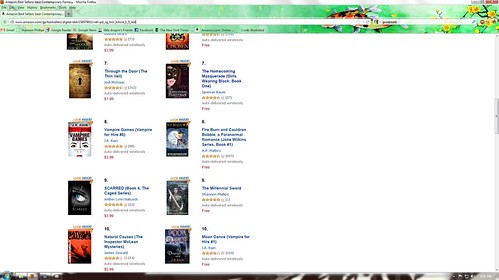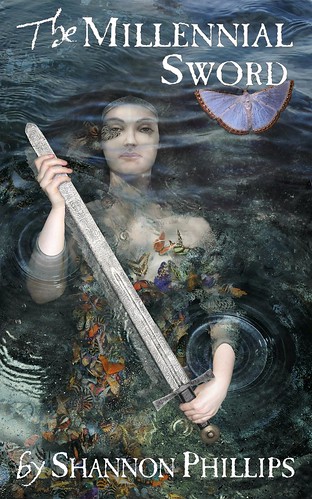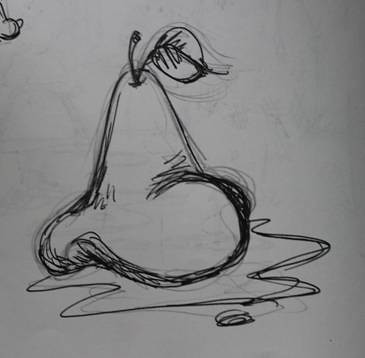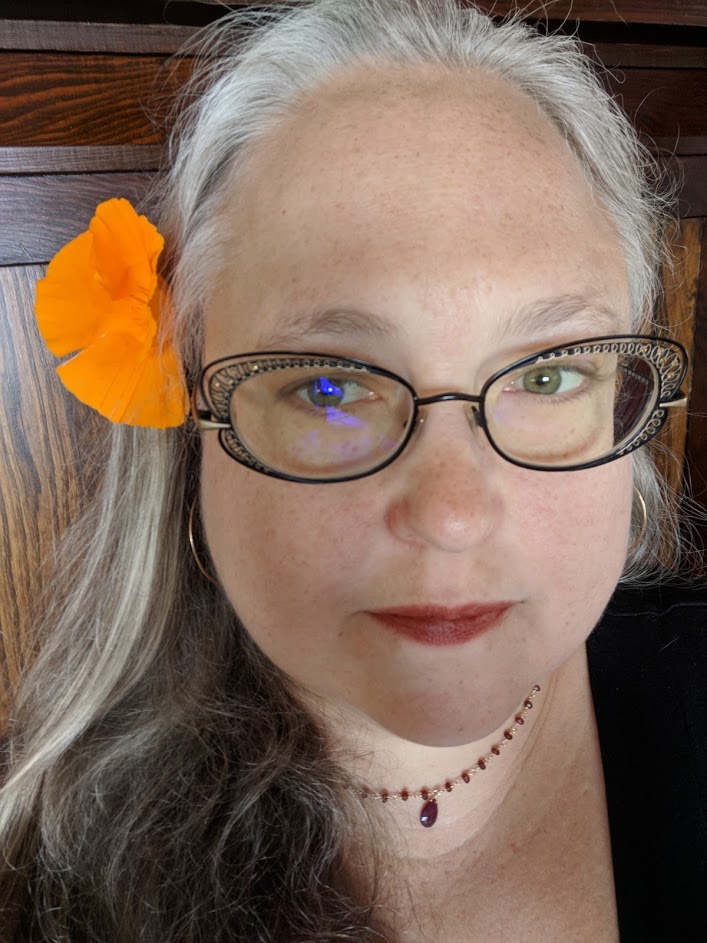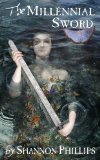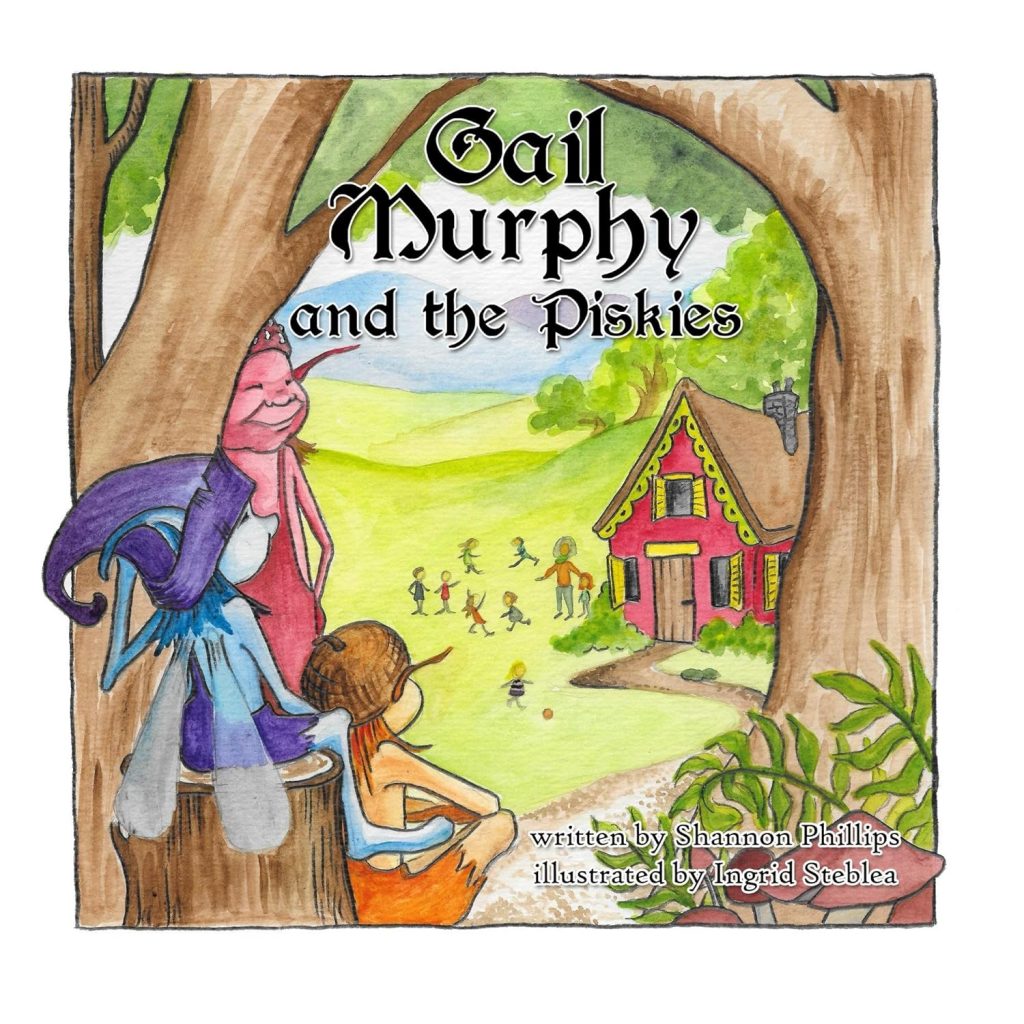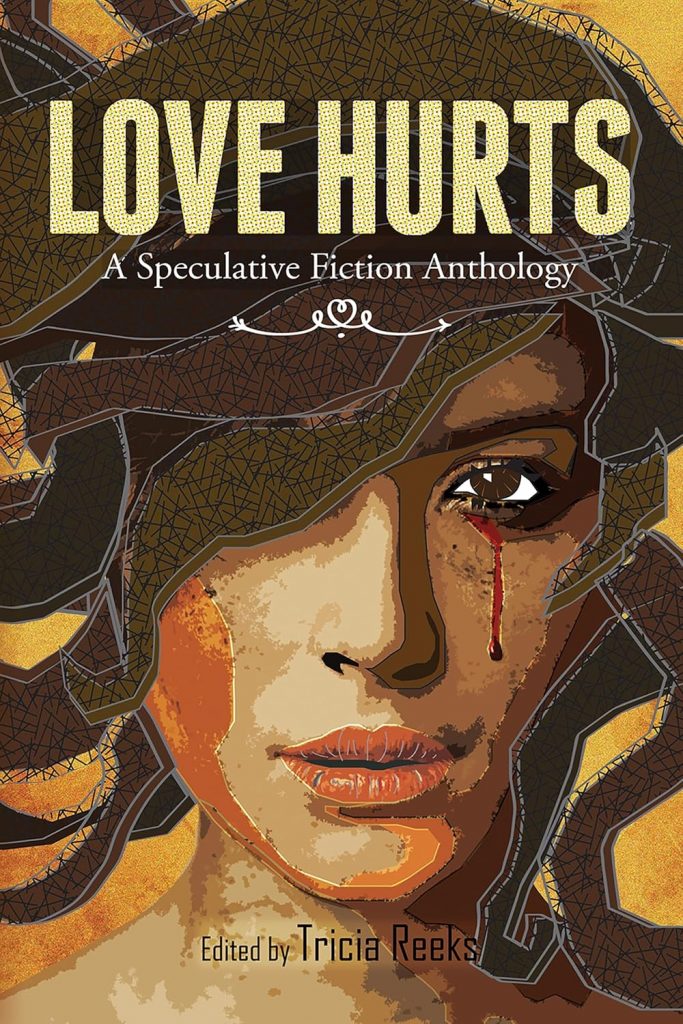Tonight I was reading Robin a bedtime story, and instead of going for one of his usual favorites, I decided to pick a book we hadn’t yet read together. This handsome board-book edition of “Peter Rabbit,” which someone had very kindly given us as a gift some time ago, looked like just the ticket:
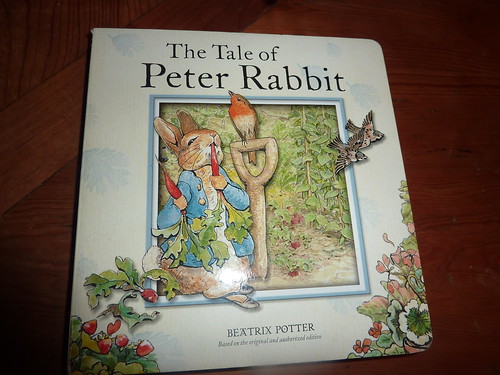
So I started reading, but…as I turned the pages, the book seemed wrong. The pictures were right, but the text seemed dull and lifeless. It wasn’t the charming story I remember from my own childhood. I flipped it closed and took a closer look at the cover. And then I noticed, as I had not at first, those tiny little words at the bottom—based on the original and authorized edition.
Based on the original? BASED ON THE ORIGINAL??? They re-wrote Beatrix Potter? For the love of all that’s holy, why? I just about started screaming. I flung the book down and went to find my own little well-worn copy of Peter Rabbit.
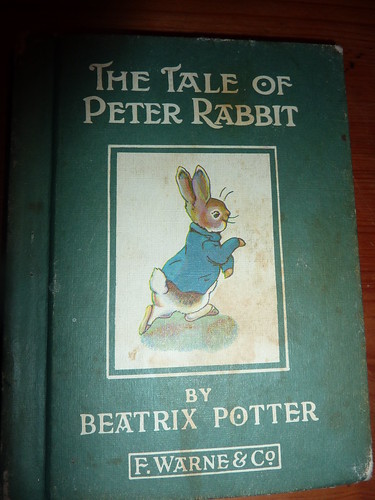
Here’s how the original starts:
“Once upon a time there were four little Rabbits, and their names were—
Flopsy,
Mopsy,
Cotton-tail,
and Peter.
They lived with their Mother in a sand-bank, underneath the root of a very big fir-tree.”
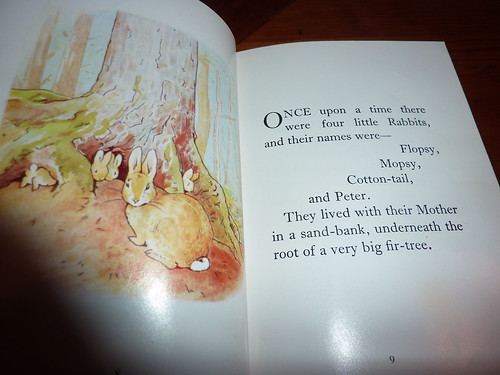
“‘Now, my dears,’ said old Mrs. Rabbit one morning, ‘you may go into the fields or down the lane, but don’t go into Mr. McGregor’s garden: your Father had an accident there; he was put into a pie by Mrs. McGregor.”
Now here’s the bowdlerized version:
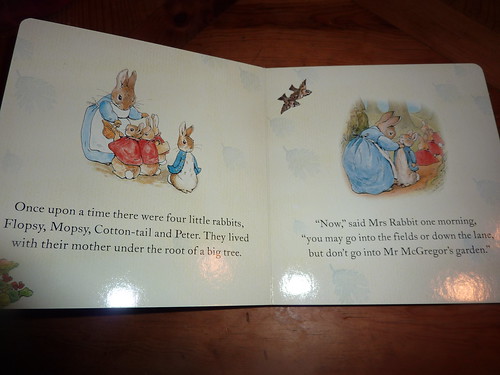
“Once upon a time there were four little rabbits, Flopsy, Mopsy, Cotton-tail and Peter. They lived with their mother under the root of a big tree. ‘Now,’ said Mrs. Rabbit one morning, ‘you may go into the fields or down the lane, but don’t go into Mr. McGregor’s garden.”
Firstly, the charming specificity of detail has been wiped away. Instead of the picturesque “in a sand-bank, underneath the root of a very big fir-tree” we are left only with the bland, straightforward “under the root of a big tree.” Secondly, the voice of the original—the musical, sing-song cadence of the language—has been lost. Beatrix Potter’s writing tugs at us like a nursery rhyme. She obviously took great care with the sound of the words and the rhythm of their placement, and it’s an important part of why her stories work the way they do. The new version is plodding and graceless.
But thirdly, and most terribly, the plot has been eviscerated. In the original, we know what the stakes are. Peter Rabbit faces death if he’s caught by Mr. McGregor. In the new version, Mrs. Rabbit gives no reason at all for her prohibition. As a result, the story makes no sense. We don’t know why Peter is supposed to avoid the garden, and we don’t have any reason to care about whether or not he manages to escape Mr. McGregor.
The rest of the story is butchered in a similar fashion. Compare a passage from the middle of the tale:
“Peter was most dreadfully frightened; he rushed all over the garden, for he had forgotten the way back to the gate. He lost one of his shoes among the cabbages, and the other shoe amongst the potatoes. After losing them, he ran on four legs and went faster, so that I think he might have got away altogether if he had not unfortunately run into a gooseberry net, and got caught by the large buttons on his jacket. It was a blue jacket with brass buttons, quite new.”
In the board-book version, this becomes: “Peter was very frightened. He rushed all over the garden and lost both his shoes. Then he tripped and got caught in a net.”
I kid you not. I mean…I can’t even.
And I am so sorry, generous gift-giver, whose exact identity I no longer remember, if it seems that I am ungratefully railing against your thoughtful present. You would have had every reason to assume that a book titled The Tale of Peter Rabbit and attributed to Beatrix Potter was, in fact, the book that Beatrix Potter actually wrote. I think you were swindled and I am outraged on your behalf. But mostly I’m outraged at the idea that significant numbers of children might be fooled into thinking that this drek is Peter Rabbit. Because a parent who buys this book when they wanted “The Tale of Peter Rabbit” has been cheated out of some money: but a child who gets this instead of Beatrix Potter has been cheated out of something truly precious.
I read Robin the original version, of course. He was not in the least alarmed by the allusion to Peter’s father’s “accident.” He was a lot more interested in the fate of Peter’s shoes.

